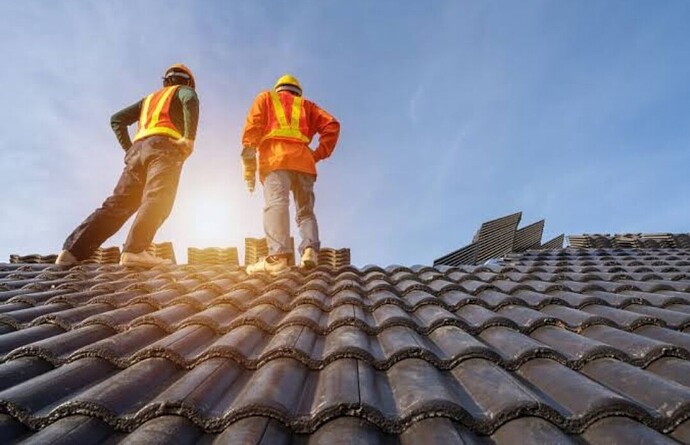The roof is one of the most critical components of any home, protecting the structure and its occupants from the elements. Over time, wear and tear, severe weather, or poor installation can compromise a roof’s integrity, leading to leaks, structural damage, and costly repairs. Understanding roof repair and replacement options is essential for homeowners who want to maintain a safe, functional, and visually appealing home.
1. Common Roof Problems
Before deciding on repair or replacement, it is important to identify common roofing issues. These include missing or damaged shingles, leaks, sagging areas, mold or algae growth, and damaged flashing. Regular inspections—especially after storms—can help detect problems early, preventing minor issues from turning into major repairs. The type and severity of damage often determine whether repair is sufficient or a full replacement is necessary.
2. Roof Repair Options
For minor damage, roof repairs are usually the most cost-effective solution. Common repairs include:
Shingle Replacement: Replacing missing, cracked, or curling shingles prevents leaks and maintains roof integrity.
Leak Patching: Small leaks can be sealed with roofing cement or specialized patching materials.
Flashing Repair: Damaged or rusted flashing around chimneys, vents, or skylights can be replaced to prevent water infiltration.
Gutter and Drainage Maintenance: Ensuring gutters and downspouts are functional prevents water buildup that can damage the roof.
Repairs are ideal for roofs that are relatively new or have localized damage, as they extend the life of the roof without the expense of a full replacement.
3. Roof Replacement Options
When a roof is old, extensively damaged, or structurally unsound, replacement may be the best option. There are several materials and systems to choose from:
Asphalt Shingles: Popular for their affordability and ease of installation, asphalt shingles are durable and available in a variety of colors.
Metal Roofing: Metal roofs are long-lasting, energy-efficient, and resistant to extreme weather. They are ideal for modern or contemporary homes.
Tile Roofing: Clay or concrete tiles are durable and visually striking, offering excellent insulation and aesthetic appeal, though they are heavier and more expensive.
Slate Roofing: Slate is highly durable and fire-resistant, providing a premium look that can last over a century. However, it is one of the most costly options.
Flat Roof Systems: Often used for commercial or modern residential buildings, flat roofs can be made from rubber, PVC, or modified bitumen.
Choosing the right replacement material depends on budget, climate, architectural style, and long-term maintenance considerations.
4. Planning for Roof Replacement
Roof replacement requires careful planning and professional expertise. Hiring a licensed contractor ensures proper installation, adherence to local building codes, and a warranty for workmanship. Homeowners should also consider insulation upgrades, ventilation improvements, and energy-efficient options during replacement, which can enhance comfort and reduce long-term costs.
Conclusion
Maintaining a strong and reliable roof is essential for protecting your home. Minor repairs can extend a roof’s lifespan, while full replacement provides a long-term solution for aging or extensively damaged roofs. By understanding repair and replacement options, homeowners can make informed decisions that balance cost, durability, and aesthetics. A well-maintained roof not only safeguards your property but also enhances curb appeal, energy efficiency, and o
verall peace of mind.

